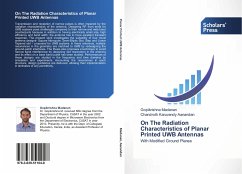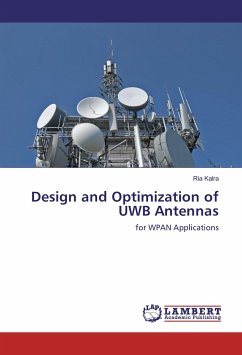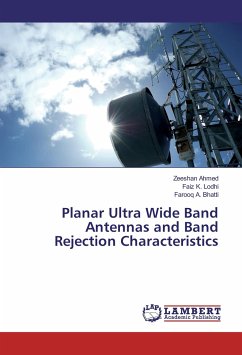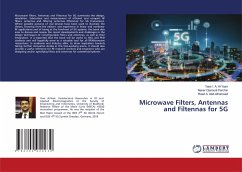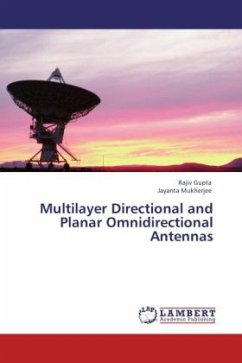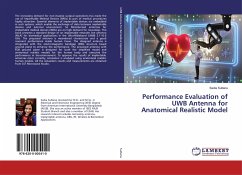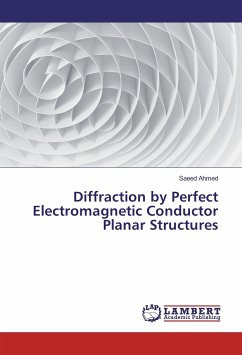
Planar UWB Antennas
Design, Analysis and Application
Versandkostenfrei!
Versandfertig in 6-10 Tagen
52,99 €
inkl. MwSt.

PAYBACK Punkte
26 °P sammeln!
UWB technology has received an impetus and attracted academia and industrial attention in the wireless world ever since Federal Communication Commission released a 10dB bandwidth of 7.5 GHz (3.1-10.6 GHz) with an effective isotropic radiated power (EIRP) spectral density of - 41.3 dBm / MHz for communication applications. Since February 2002, the release of an extremely wide spectrum for commercial applications has generated a lot of interest in the research and development of UWB technology for various applications. An UWB antenna should have omnidirectional radiation pattern, S11 less than e...
UWB technology has received an impetus and attracted academia and industrial attention in the wireless world ever since Federal Communication Commission released a 10dB bandwidth of 7.5 GHz (3.1-10.6 GHz) with an effective isotropic radiated power (EIRP) spectral density of - 41.3 dBm / MHz for communication applications. Since February 2002, the release of an extremely wide spectrum for commercial applications has generated a lot of interest in the research and development of UWB technology for various applications. An UWB antenna should have omnidirectional radiation pattern, S11 less than equal to -10 dB over the entire frequency band and a good impulse response with minimal distortion. This book focuses on design and analysis of planar UWB antennas, band-notched UWB antennas, integrated Bluetooth and UWB antennas, integrated Bluetooth and WiMAX/WLAN band notched UWB antennas for wireless communication. The proposed antenna structures offer attractive advantages such as low cost, light weight, high efficiency, ease of fabrication, low cross polarization; stable gain, small group delay variation and its radiation patterns indicate its suitability for UWB applications.




